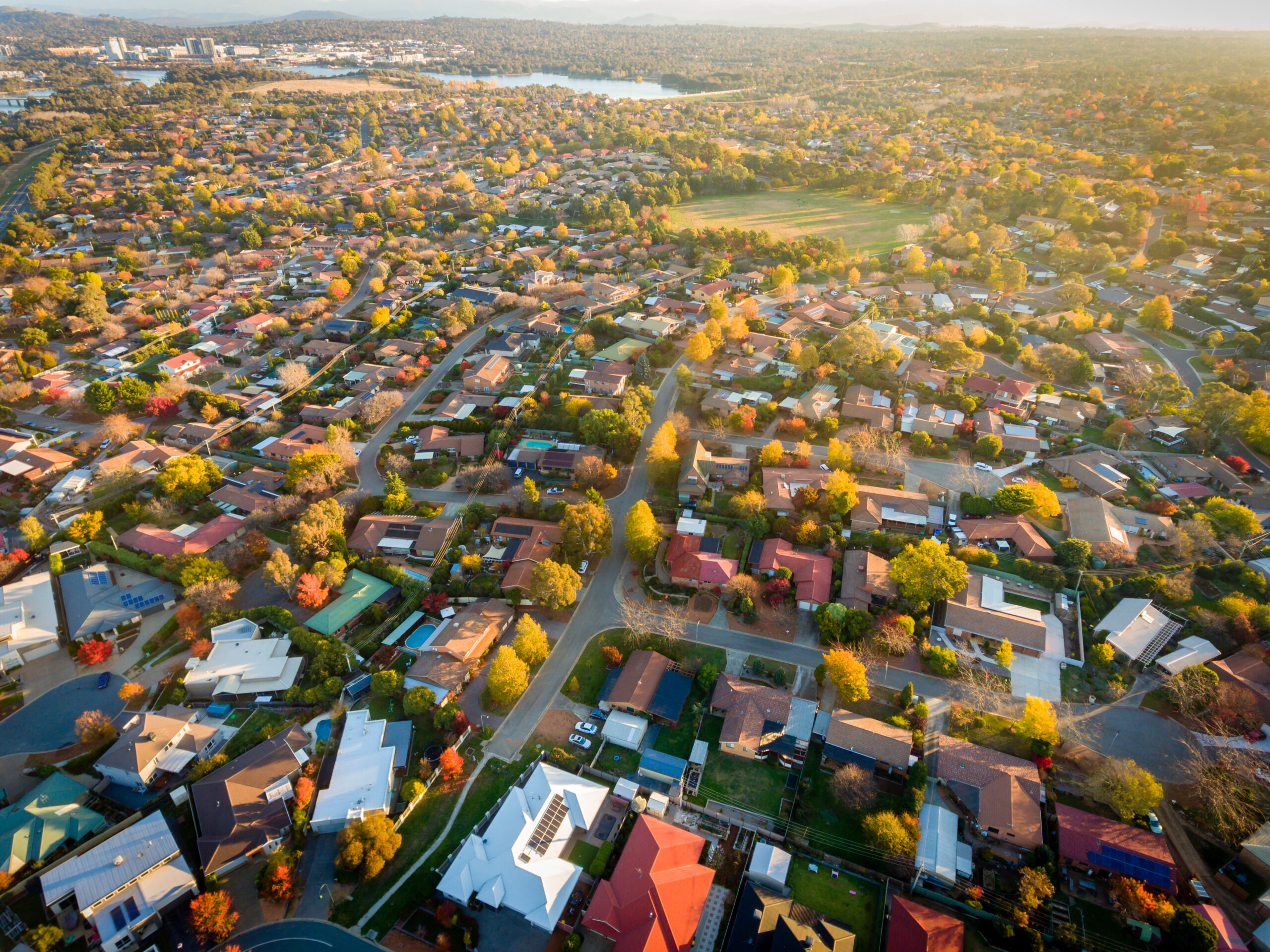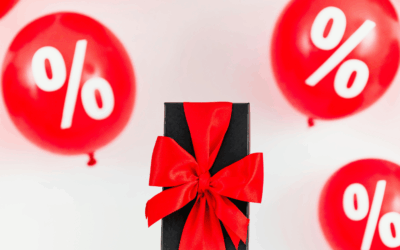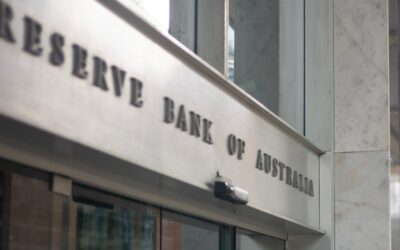In this article:

Opinion By Mark Bouris
Last week’s Reserve Bank decision to cut interest rates brought relief to millions of mortgage holders. After a bruising cycle of hikes, you can feel the relief in the air. But at what cost? Because while rate cuts offer short-term comfort, they risk stoking an already overheated housing market. And that means one thing: housing is about to become even less affordable.
Let’s be clear: rate cuts are a double-edged sword. Yes, they lower repayments and ease the squeeze. But they also flood the market with cheap money. Buyers borrow more. Prices rise. Great news if you already own. Terrible news if you’re still trying to get in.
We’re caught in a debt trap. The Reserve Bank can’t raise rates meaningfully without triggering a wave of defaults. Household debt is sky-high. Even modest increases shake the system. The RBA knows this. So instead, it protects the status quo.
And to be fair, rate cuts do work – for those who already own property. They free up cash flow, ease pressure, and lift spending. But there’s a catch. Lower rates mean lenders assess new borrowers at a lower threshold. That boosts borrowing power. Bigger loans follow. And that extra money goes straight to the vendor, inflating prices across the board.
The RBA isn’t blind to this. It’s just playing the numbers. Far more struggling borrowers are trying to stay afloat than first-time buyers are applying for loans. In a grim way, the outcome is logical. But for young Australians shut out of the market, it’s cold comfort. They’ve been told – again – that they are not the priority.
There’s another consequence: a weaker dollar. With lower rates, investors look elsewhere. The currency slides. Just look at gold. Today, an ounce fetches over $5,000. Ten years ago, it was just $1,500. That’s not just a rise in gold. That’s a glaring decline in our currency’s real value.
A weaker dollar means pricier imports, adding to inflation. It also inflates the value of assets – particularly property. Once again, the young and asset-poor lose. And those already holding property? They watch their equity grow.
Meanwhile, housing supply is in crisis. Builders are going bust. Material costs are soaring. Labour is scarce. And our domestic manufacturing base? Hollowed out. We import most of what we build with – mainly from China. That’s risky. It’s also degrading quality. Many new homes aren’t built to last.
Then there’s the trade crisis. And let’s be honest – it’s cultural. For years, Aussie parents have funnelled their kids into law, marketing, or business degrees. University is seen as the only real path to success. But it’s failing us. We don’t need more lawyers. We need electricians, carpenters, plumbers, bricklayers. People who build and fix things. These aren’t fallback careers. They’re the backbone of a working economy. Without them, the system collapses – costs blow out, quality drops, and nothing gets built.
Add to this our sky-high immigration intake, and demand for housing keeps climbing. But supply can’t keep up. This isn’t about blaming migrants. It’s about having a workable population strategy. Even UK Labour prime minister Keir Starmer has said “enough is enough” on immigration, warning that without matching infrastructure and housing, the model falls apart. Australia should take note.
We’re backed into a corner. Rate cuts ease today’s pressure but tighten tomorrow’s noose. Unless we fix the foundations – housing supply, manufacturing, debt, skills and population growth – we’ll deepen inequality and entrench generational disadvantage. Surely, we can do better.
This article was originally published on news.com.au



